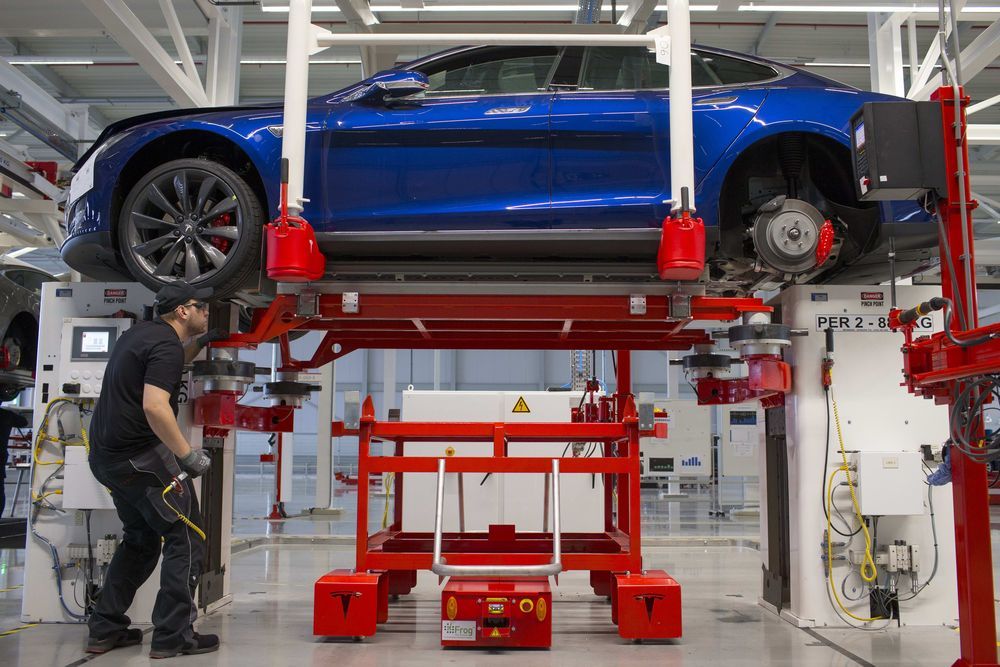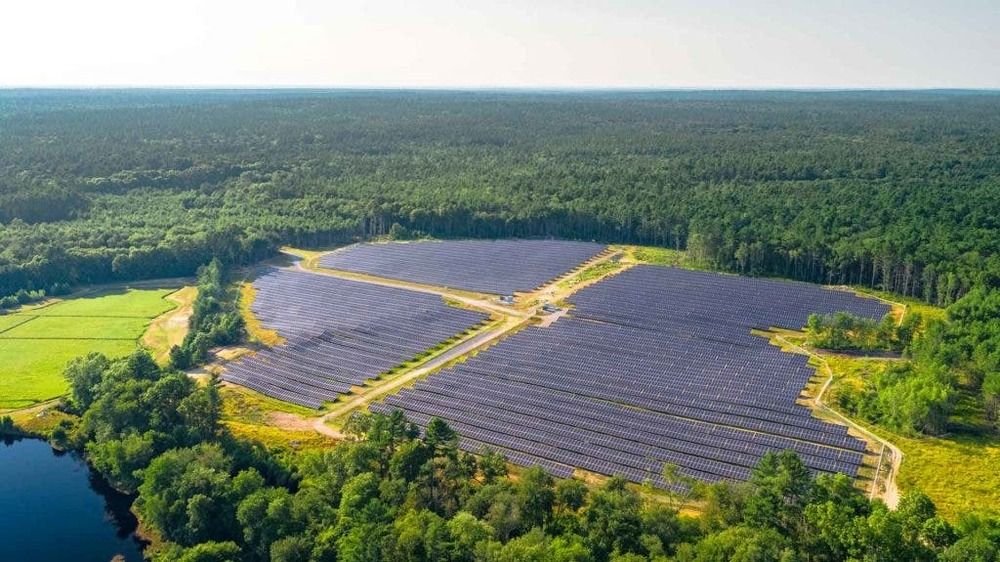In a rare instance of some connection to reality, a European Union commissioner overseeing the space industry has acknowledged the elephant in the room, admitting that SpaceX has changed the game for commercial rockets and that the upcoming Ariane 6 rocket may already be outdated.
While slight, European Commissioner Thierry Breton expressed some level of urgency, stating that “SpaceX has redefined the standards for launchers.” “Ariane 6 is a necessary step, but not the ultimate aim: we must start thinking now about Ariane 7.” Ariane 6 is a new European Space Agency (ESA) rocket designed to replace the existing Ariane 5 workhorse and do some while cutting costs. However, the vehicle’s design and the strategy behind it were fixed in place before SpaceX began to routinely demonstrate Falcon 9 reusability, effectively creating a rocket optimized for a market that ceased to exist soon after.
Based on the economically infeasible design decision to build a hybrid first stage with a liquid core and add-on solid rocket boosters (SRBs), as well as the structurally inefficient use of hydrogen and liquid oxygen propellant for the booster, Ariane 6 is designed to compete with the likes of the United Launch Alliance’s (ULA) Delta IV, Atlas V, and upcoming Vulcan rockets. Despite several years of halfhearted, half-baked attempts to even consider making parts of Ariane 6 reusable, the rocket will be 100% expendable come its first (and likely last) launches.






